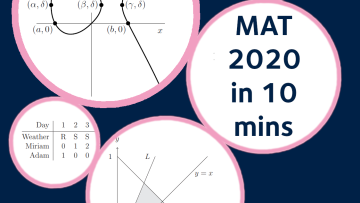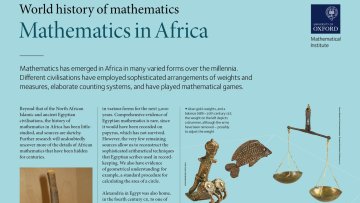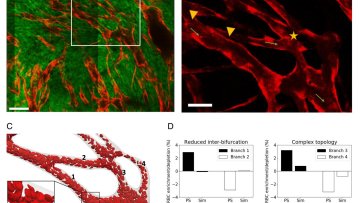Yesterday over 5000 applicants took the Mathematics Admissions Test, the entrance test used for Undergraduate Mathematics at Oxford, and other courses at Oxford and Warwick University and Imperial College London.
It's a two and a half hour exam. Here (below) Dr James Munro gives you all the answers in 10 minutes.
Question paper available here. And yes, there was a typo in Q4. Full statement here.





